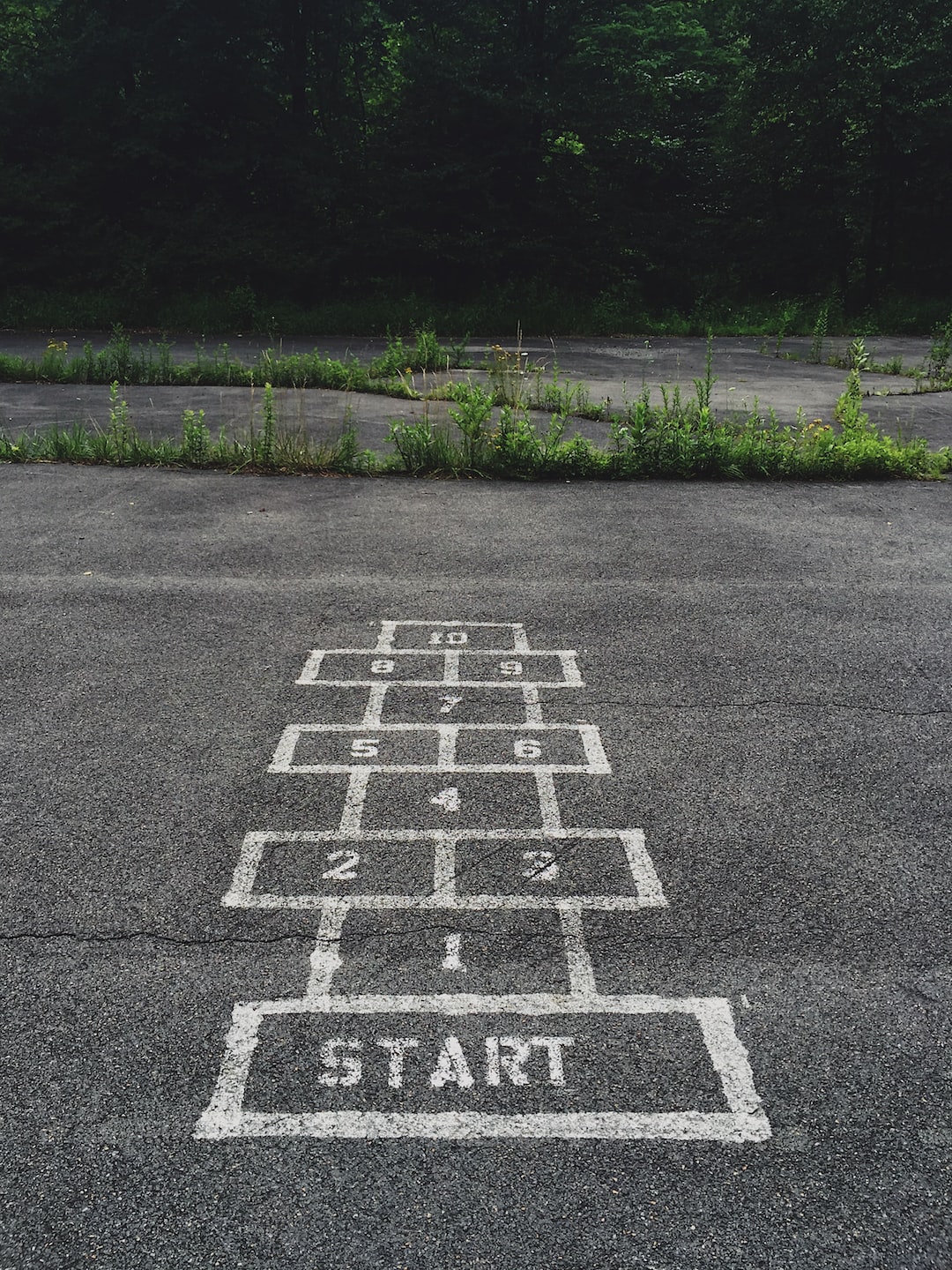Developing Critical Reading Skills in Students
In today’s fast-paced world, where information is constantly bombarding us from various sources, it is crucial for students to develop critical reading skills. Critical reading is more than simply comprehending the text; it involves analyzing, evaluating, and interpreting the information presented. These skills are essential not only for academic success but also for navigating the complexities of everyday life. In this blog post, we will explore some strategies to aid students in developing their critical reading skills.
1. Start with the basics: Before diving into complex texts, it is important to establish a strong foundation. Encourage students to read a wide range of materials – books, newspapers, magazines, and online articles. This exposure to different writing styles, perspectives, and genres will help build vocabulary, expand knowledge, and develop a critical eye.
2. Ask questions: Encourage students to approach texts with a curious mindset. Encourage them to ask questions about the author’s purpose, the intended audience, and the evidence provided to support claims. By questioning the text, students can begin to uncover biases, assumptions, and gaps in the argument.
3. Encourage annotation: Annotation involves underlining, highlighting, and jotting down notes while reading. This practice helps students identify key ideas, make connections, and reflect on their understanding of the text. Annotation also enables students to review important information later when discussing or writing about the text.
4. Engage in discussions: Encourage students to participate in class discussions about the assigned readings. This will allow them to explore diverse perspectives, defend their own interpretations, and enhance their critical thinking abilities. Additionally, discussing texts with peers helps promote collaboration and the sharing of different insights.
5. Practice active reading: Active reading involves interacting with the text actively rather than passively. Encourage students to mark unfamiliar words, underline significant passages, and rephrase complex sentences in their own words. By actively engaging with the text, students can enhance comprehension and identify key arguments and supporting evidence.
6. Explore multiple viewpoints: Encourage students to seek out alternative viewpoints on a given topic. This will help them to develop a well-rounded perspective and avoid confirmation bias. By considering multiple perspectives, students can evaluate claims more critically and develop their own informed opinions.
7. Connect texts to real-world issues: Help students make connections between what they read and real-world issues. This will not only make their reading more meaningful but also help students develop empathy and a broader understanding of the world. Encourage them to analyze how the information presented in the text relates to current events, social issues, or personal experiences.
8. Strengthen research skills: Critical reading goes hand in hand with research skills. Teach students how to effectively find, evaluate, and cite sources. This will equip them with the necessary tools to analyze the credibility and reliability of the information they encounter in their reading.
In conclusion, developing critical reading skills is essential for academic success and personal growth. By employing strategies such as asking questions, engaging in discussions, practicing active reading, and exploring multiple viewpoints, students can enhance their ability to analyze, evaluate, and interpret texts effectively. These skills will not only benefit them academically but also enable them to become informed, critical thinkers, and active participants in society.

